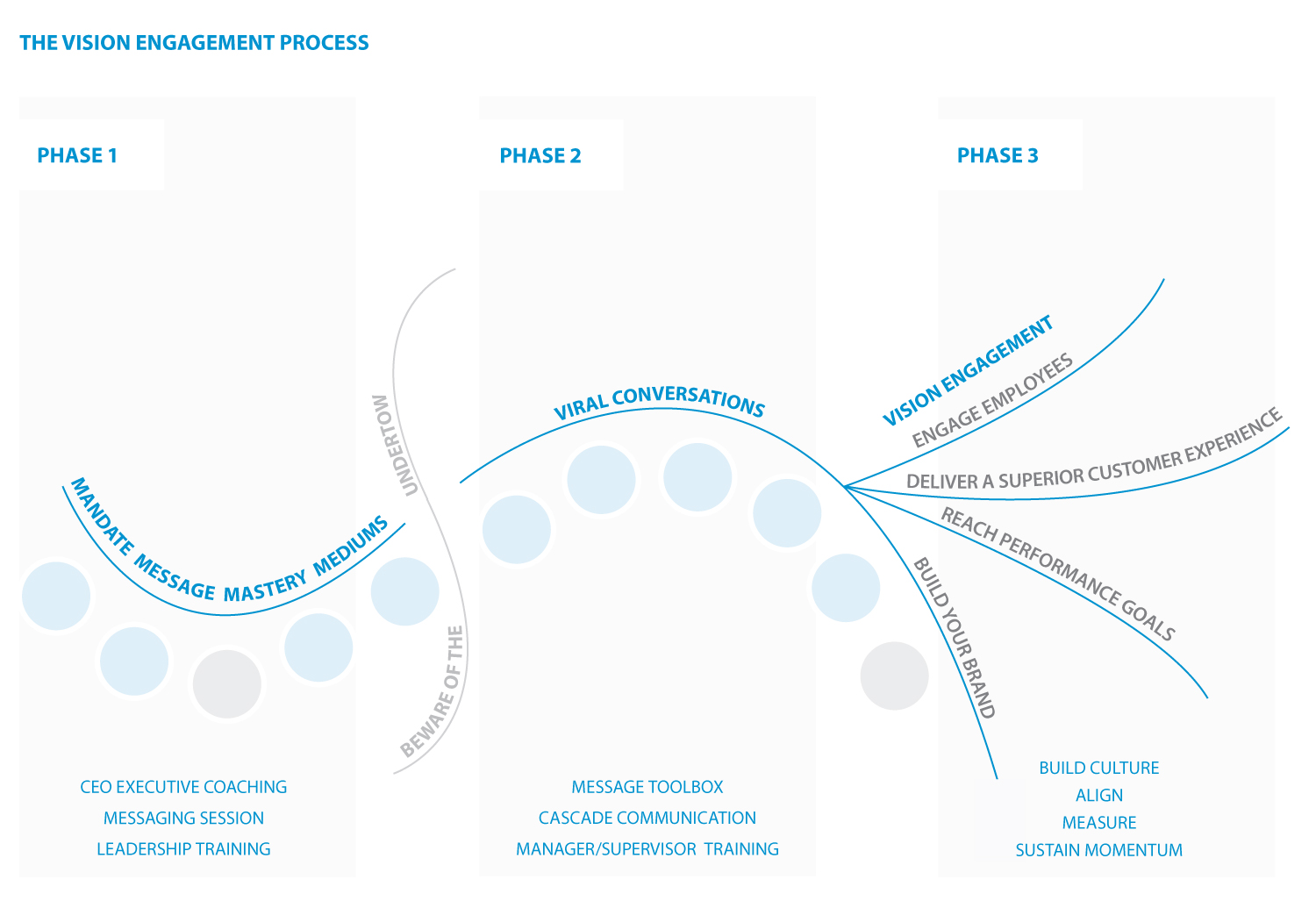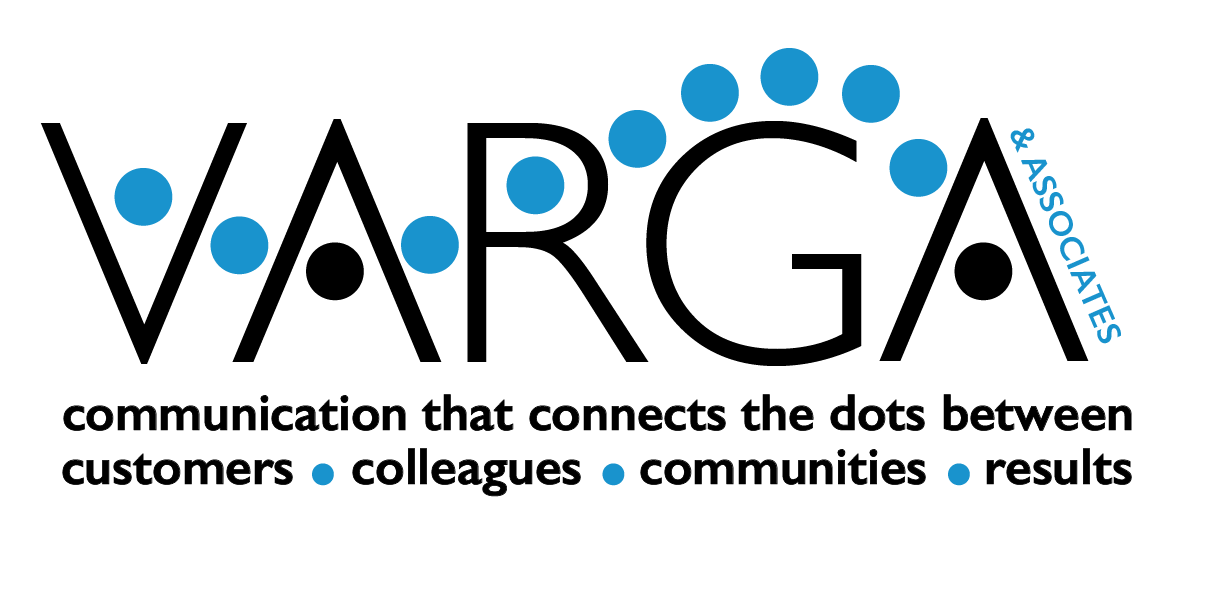Every organization goes through change that needs to be communicated in a comprehensive, congruent manner. Perhaps yours is
* Emerging from a merger or acquisition
* Recovering from a crisis
* Preparing to enter a new market or re-branding
Whatever the change, it is essential not only to manage the immediate logistics and requirements inherent in that change, but to also bring your employees and the organizational culture along with you.
Leadership, too often, gets caught up in the business of transformation, and forgets that employees are standing by, wondering, making assumptions, getting nervous, shutting down and developing inaccurate expectations. You have likely experienced it – The CEO shares the big picture message to her leadership team and it gets stuck there. Managers and supervisors are only vaguely aware of the context and the “why” behind the change making it difficult, if not impossible, to share the news with any credibility or confidence. Campaigns around the change become the flavor of the month and suffer from the “here we go again” affect. Senior leaders are perceived as living in the “ivory tower” removed from what is really happening and all of this results in employees not being engaged or invested in the company’s success.

The solution is a disciplined, strategic approach to cascading communication. The graphic above outlines our three phase approach. In essence in involves:
- Message Mastery – Developing and defining the message with senior leaders so that everyone is singing from the same song sheet.
- Viral Conversation – Creating easy to use “tool kits” for all managers and supervisor to drive message congruence and consistency.
- Vision Engagement – Effective cascading builds the culture, aligns employees to business goals and ignites engagement.
This process will allow you to
- Increase employee engagement substantially
- Move team members from Toxic Messengers to Business Champions
- Create a direct line of sight between every employee’s role and the organization’s goals
- Train and coach leaders to drive messaging that engages employees, delivers a superior customer experience, reaches performance goals and builds the brand.
Strategic communication can be the most effective way for your organization to transform a change into a rallying cry for all hands on deck.






